DIY Frankenstein NAS Drive Build
I’ve been watching a number of videos, and a few scratched the surface for me, but don’t get at the heart of the issue. Constraint number 1: I’m a long-time Linux user, and have a very strong preference for running my own. I want to be running a vanilla unix-like distro, without of the box disk management software, under open license schemes. Constraint number two: I’ve been living abroad and travelling a lot these last few years, which means just slapping disks into an atx case and calling it a day isn’t something I can do anymore (due to size/weight/hassle). Commercial NASs come in really nice packages but are at odds with the vanilla setup constraint. I known qnap does have some support for running Debian on their hardware, but it’s limited, and not exactly vanilla.
I suspect I’m not alone in that boat, I’m sure other people would appreciate some content/videos about the “hackability” of various commercial NAS boxes. Knowing I could easily repurpose the hardware I bought would make it an easy decision. The alternative is going all in, from scratch. So, a single-board computer, with an m.2 slot, an m.2 mini-sas adapter, and a mini-sas enclosure. After all that, I’m still spending almost as much as a commercial unit, and have a mess of adapters and wires hanging out. Flashing purely open-source software onto a commercial unit would seem like a good compromise. And I’m glad to shell out the few extra dollars to solve the hardware issue and have something that looks halfway decent.
Any thoughts around this?
Currently running samba on a raspberry pi, with a 4tb 2.5″ drive. Only 30 gigs left. Help.
3-600 USD, disks excluded
20TB
Thailand
DIY Frankenstein NAS Drive – Things to know
Straight off the bat, let’s make this clear. Building your own NAS from scratch is not for the faint-hearted. Someone with a decent Linux background or a history of case building will find it all pretty straight forward, but in the majority of custom NAS builds, the money you save at the start buying components will be spent in time – after that it is about having a solution that is best fitting your own particular storage environment. That is where a custom build comes into it’s own! In it’s more bespoke setup. Although the majority of top tier NAS brands seem similar, even a cursory additional look shows that they have very different priorities, with Synology keeping it fast and simple, whereas QNAP keeps it customizable and a has a pinch of a learning curve. Regardless, to those with an extensive custom build background (those that know the true freedom of Linuxin the right hands) they CAN seem terribly restrictive. Trying to find a middle ground or combining these two systems into a single all-purpose solution is NOT easy (as I am sure you discovered when researching and reading this article). Advantages of each individually are:
| PROs
of Commercial NAS |
PROs
of Custom Build NAS |
| Smoother and more reliable 24×7 internet access
Easier Setup Easier Warranty Support Built for 24×7 Use Built with Storage as a priority Quieter & Lower Power Consumption
|
Lower Price Point
More Customization Options Better Hardware Spec Options Better Memory Options Easier to scale costs Easier/Cheaper entry point to ZFS |
So, is it possible to combine the advantages of each platform and make one all-powerful NAS solution? Well, yes and no. There are numerous ways to take to mix and match the software/hardware, but neither of these are ideal as a stable solution going forward. Let me elaborate.
Modifying a NAS to use Custom NAS software
As suggested above, there ARE a few documented ways to install custom linux based software on a QNAP or Synology NAS drive (such as the Debian on a QNAP example mentioned) but it should be stressed that these are rarely stable and given the % of the cost of a NAS drive that is factored towards the software and GUI of these brands, it does seem like a negative spend. Don’t get me wrong, the chassis that the popular NAS brands use is exceptionally well designed for 24×7 use, maintaining cool internal temperatures (ensuring hardware has a long lifespan), as well as keeping internal operational noise low, but there are several cost-effective storage enclosures that you can buy online that are, although not as well designed, are considerably cheaper than their NAS counterparts and with the rise of shuttle case optimized motherboards, it makes buying a commercial NAS and at £££ and then overwriting the software OS you just paid for seems a bit silly. However, if you are determined to use custom NAS software on branded Synology/QNAP hardware in order to take advantage of the build quality, then the very best option for stability is to take advantage of the container or virtual machine software included free with the operating system and then install an image of the custom NAS software (FREENAS, etc) that you wish to use. Below are some affordable NAS solutions that support both Virtual Machine deployment and Container operating systems
This allows you to dedicate almost ALL the system hardware (CPU, Memory, Ethernet, USB, etc) to the virtual system and then access it over the network/internet and still use the physical hardware of the NAS Drive, but all the customization and individuality of the custom NAS software. Of course, this is not ideal for most and will seem a bit of a compromise, but given the lack of a fully stable alternative to installing custom Linux software on a branded NAS, this is the next best thing.
Installing the NAS Software on a Custom NAS Hardware
So, what about the Synology or QNAP NAS software being installed on your custom NAS build? Is it possible to install the NAS software on a custom build PC server and take advantage of the applications, system configuration options and storage applications? Well, sort of, yes. But once again, this is not hugely reliable or in any way officially endorsed by the brands themselves. If you have used a NAS drive before, you will know that Synology NAS and DSM is by far one of the most user friendly GUIs you can experience (though more techie minded people will find it a tad limiting), where is the QNAP QTS platform is much more customizable and had a great many more software options that Linux users will be familiar with.
Below are examples of shuttle cases that can be used for NAS, as well as caddies/storage bays that allow RAID enabled arrays:
| 4 HDD / 5 SSD Shuttle Case | HDD HotSwap Caddy | 2x SSD HotSwap Caddy |
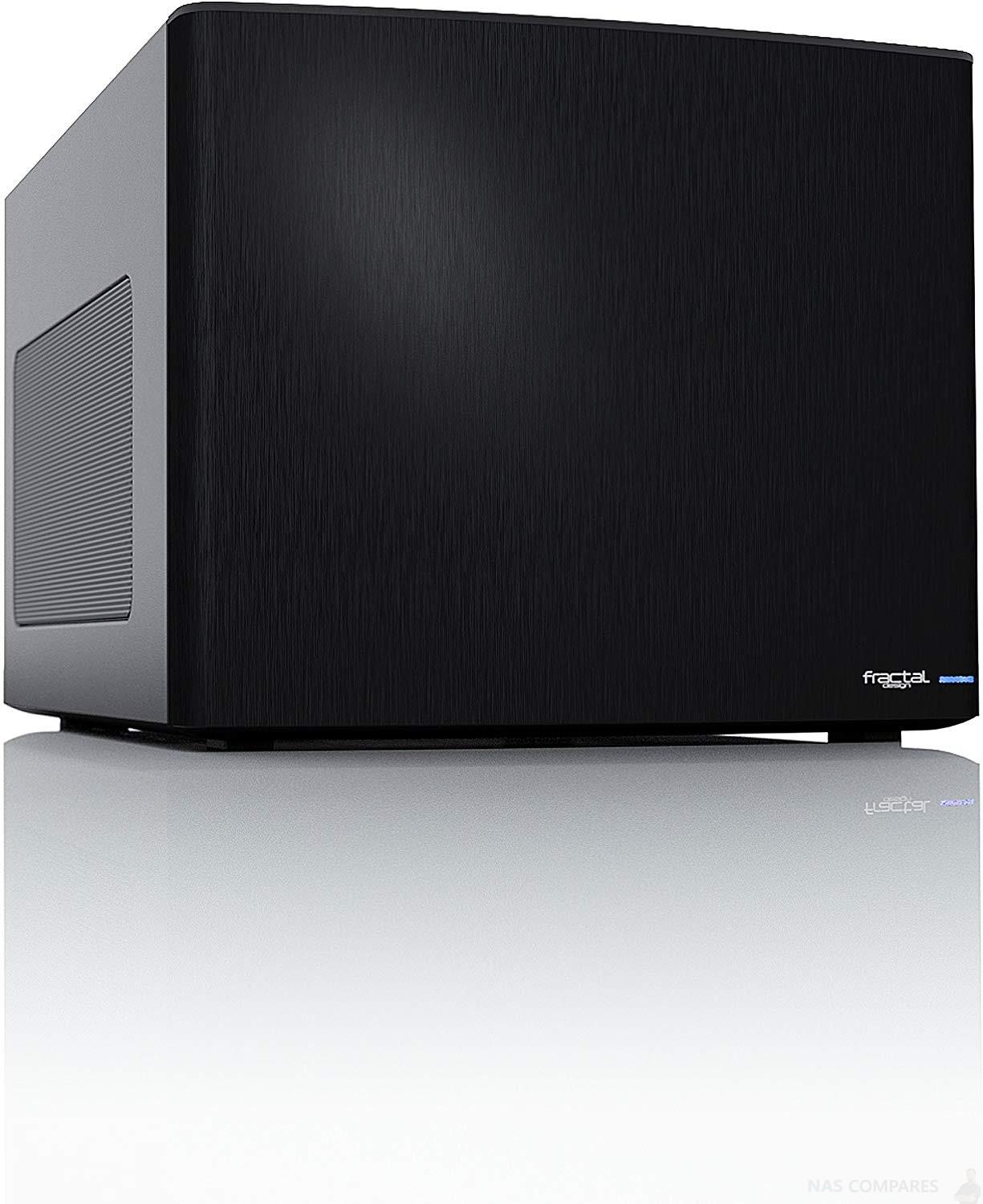 |
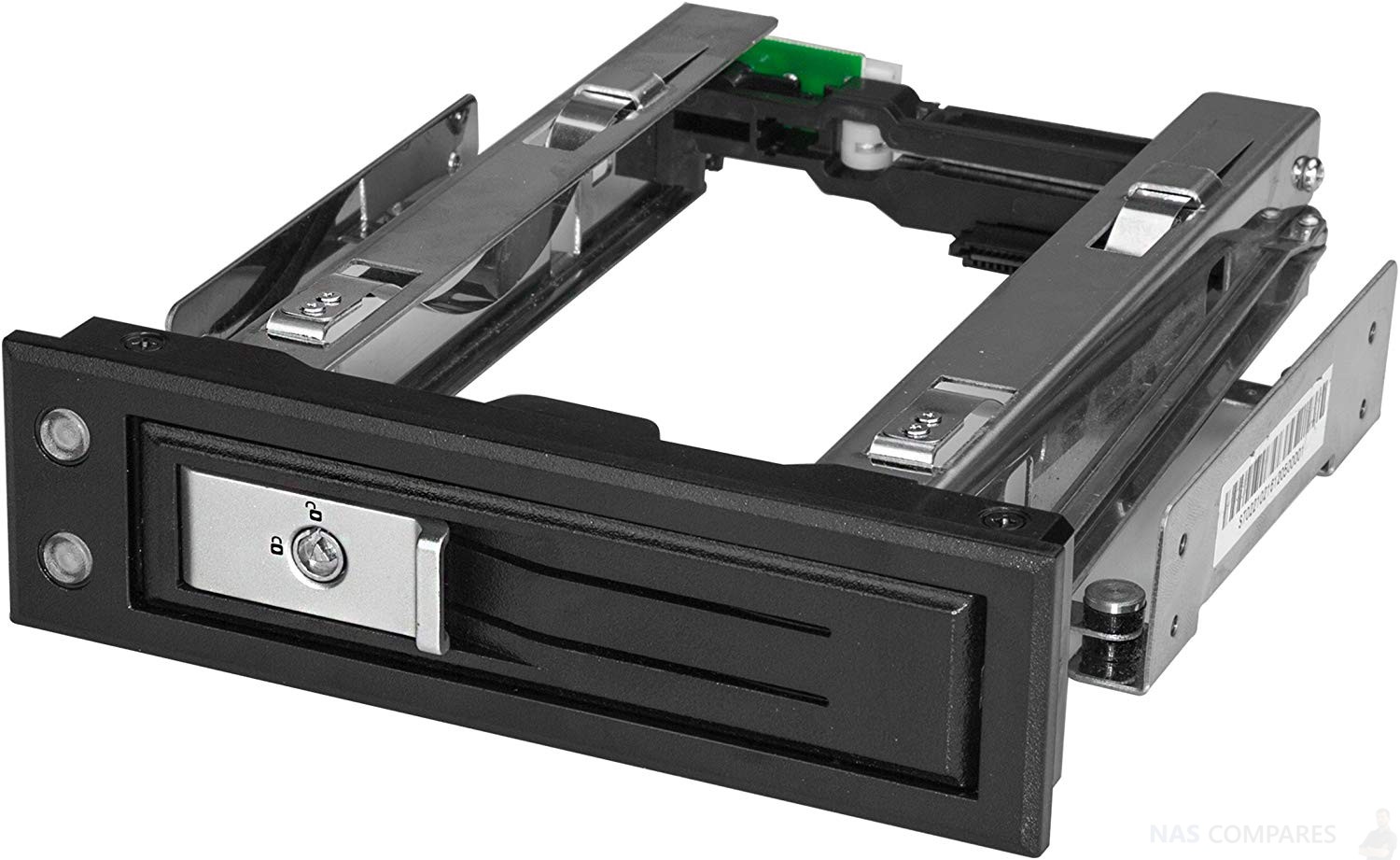 |
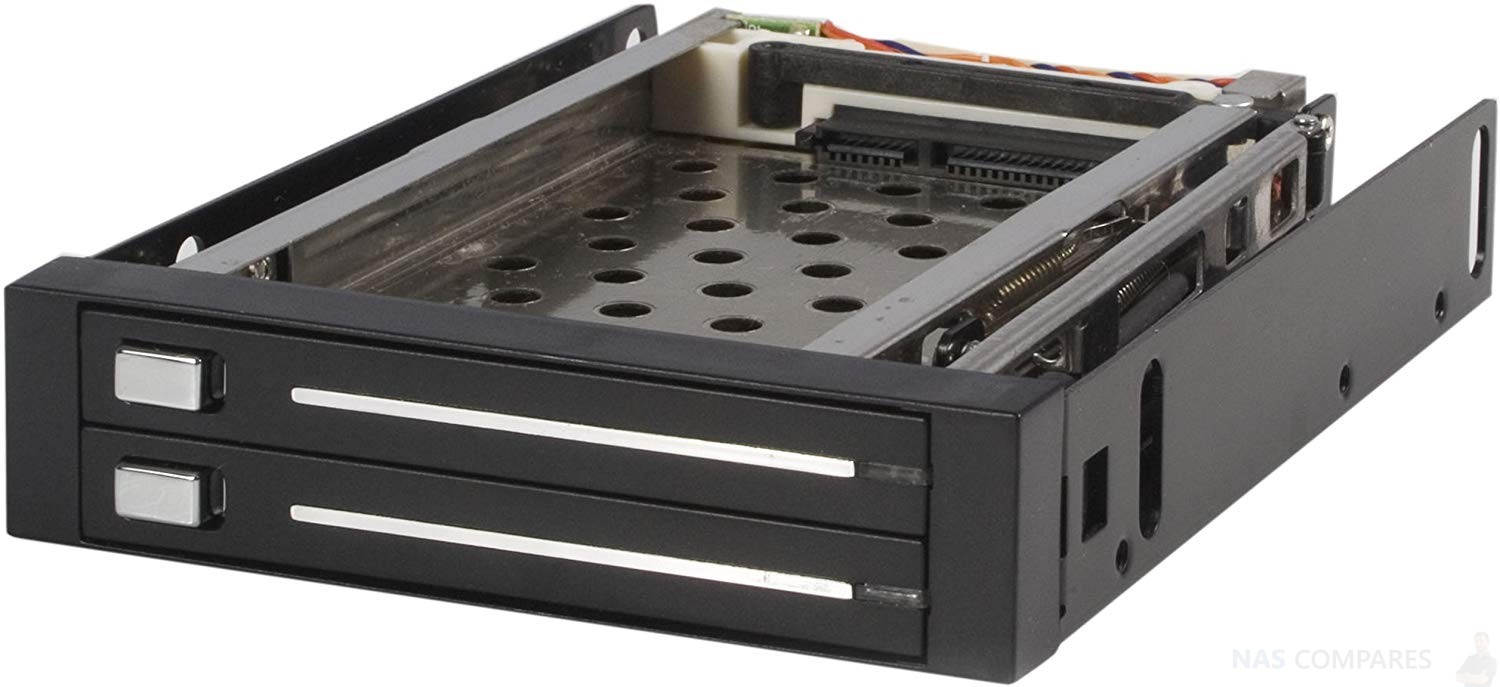 |
Buy from Amazon (and support this site) |
Buy from Amazon (and support this site) |
Buy from Amazon (and support this site) |
However, if you use one of the more questionable and unofficial means to install these software platforms on a custom NAS hardware build, you will lose access to several of the key things that make it worthwhile. First, off you lose the ability to access further updates to the software (fixes, vulnerability improvements, app updates, etc) as updating with all too often brick the system (as it detects that it is unofficial). The next issue is a lack of access to internet access to your NAS over services like QuickConnect, as these require regular updates along with the system OS (which leads to the same issues). So ripping the NAS software online and installing in a custom-built NAS is a cool idea and fun for experimentation, but DEFINITELY NOT RECOMMENDED FOR YOUR STORAGE! If this is something you want to try out, you can check out my guide below to use Xpenology and install Synology DSM on a custom-built NAS, but remember, you are doing this at your own risk and both Synology and I cannot be blamed for data loss!
Xpenology – How to Install Synology DSM on your Custom Built NAS
Ultimately, the answer to the question “can I build a Frankenstein NAS by mixing these platforms together” is Yes, but will several risks of instability and data loss. It is easy to see it as a way of saving money and even as a way to create a more customizable and bespoke storage setup for your needs, but you need to look at the hidden costs, not the obvious ones, such as:
- Hours spent building the device and testing it works =Time = Money
- Mixed Warranty of components from different brands can mean lots of A-B testing to identify issues when things aren’t smooth = Time = Money
- Custom Build almost always means less power-efficient components, resulting in higher power consumption and component degradation = Money
- Important Data lost due to potential system instability = Permanent loss of time spent getting it back = Money
That last one is (for most users) easily the highest priority. The cost of a NAS system should NOT be measured only by the cost at retail, but what it costs to LOSE YOUR DATA. Whether it is client data, business records, ongoing projects or even something as pedestrian as a photos of your family – all too often, these files are genuinely irreplaceable.
📧 SUBSCRIBE TO OUR NEWSLETTER 🔔🔒 Join Inner Circle
Get an alert every time something gets added to this specific article!
This description contains links to Amazon. These links will take you to some of the products mentioned in today's content. As an Amazon Associate, I earn from qualifying purchases. Visit the NASCompares Deal Finder to find the best place to buy this device in your region, based on Service, Support and Reputation - Just Search for your NAS Drive in the Box Below
Need Advice on Data Storage from an Expert?
Finally, for free advice about your setup, just leave a message in the comments below here at NASCompares.com and we will get back to you. Need Help?
Where possible (and where appropriate) please provide as much information about your requirements, as then I can arrange the best answer and solution to your needs. Do not worry about your e-mail address being required, it will NOT be used in a mailing list and will NOT be used in any way other than to respond to your enquiry.
Need Help?
Where possible (and where appropriate) please provide as much information about your requirements, as then I can arrange the best answer and solution to your needs. Do not worry about your e-mail address being required, it will NOT be used in a mailing list and will NOT be used in any way other than to respond to your enquiry.

|
 |
Why Do Cheap NAS Boxes EXIST????
Minisforum N5 Pro NAS - Should You Buy?
UGREEN DH4300 & DH2300 NAS Revealed - Good Value?
Aoostar WTR Max NAS - Should You Buy?
Xyber Hydra N150 NAS Review - Is This COOL?
Minisforum N5 Pro vs Aoostar WTR Max - The BIG Showdown
Access content via Patreon or KO-FI


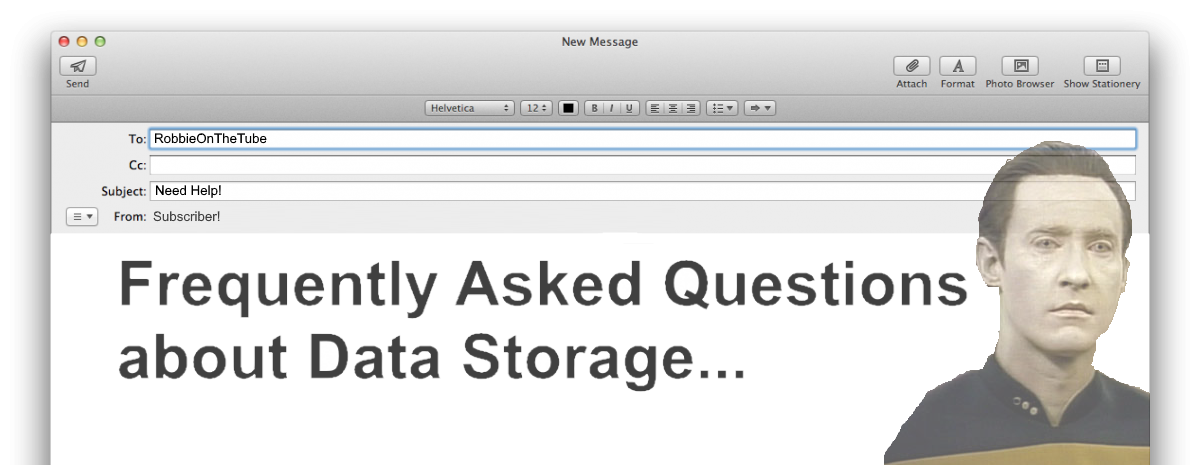
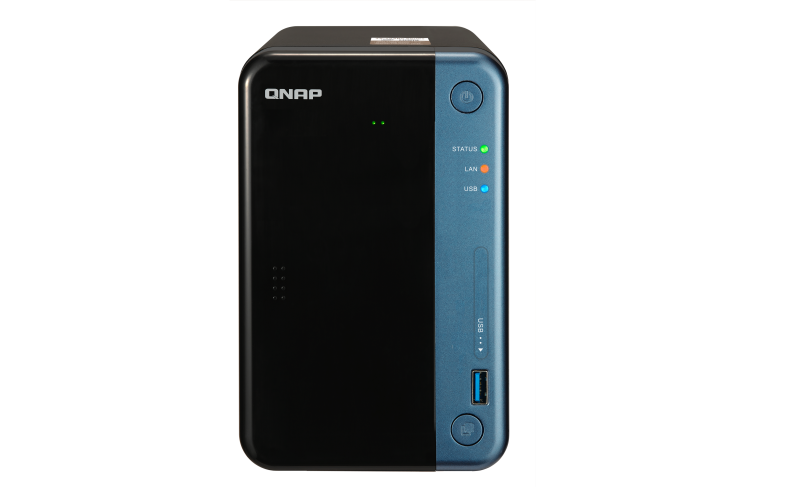
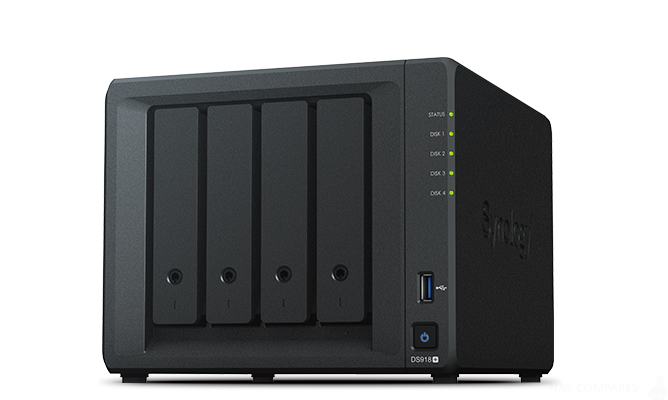
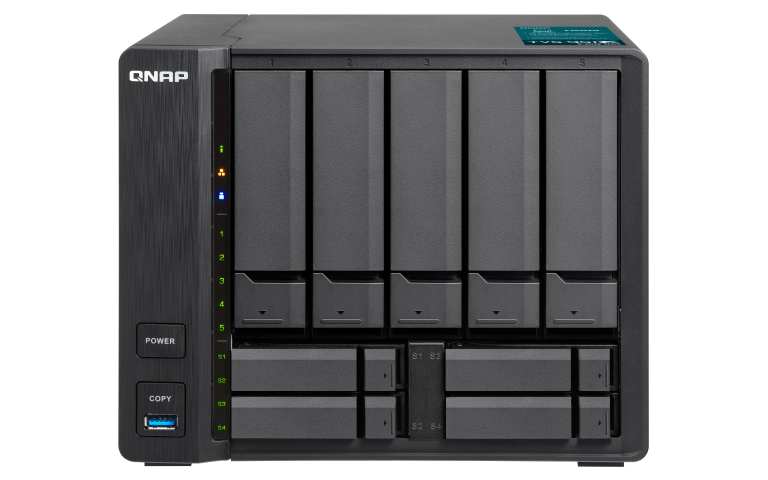



DISCUSS with others your opinion about this subject.
ASK questions to NAS community
SHARE more details what you have found on this subject
CONTRIBUTE with your own article or review. Click HERE
IMPROVE this niche ecosystem, let us know what to change/fix on this site
EARN KO-FI Share your knowledge with others and get paid for it! Click HERE